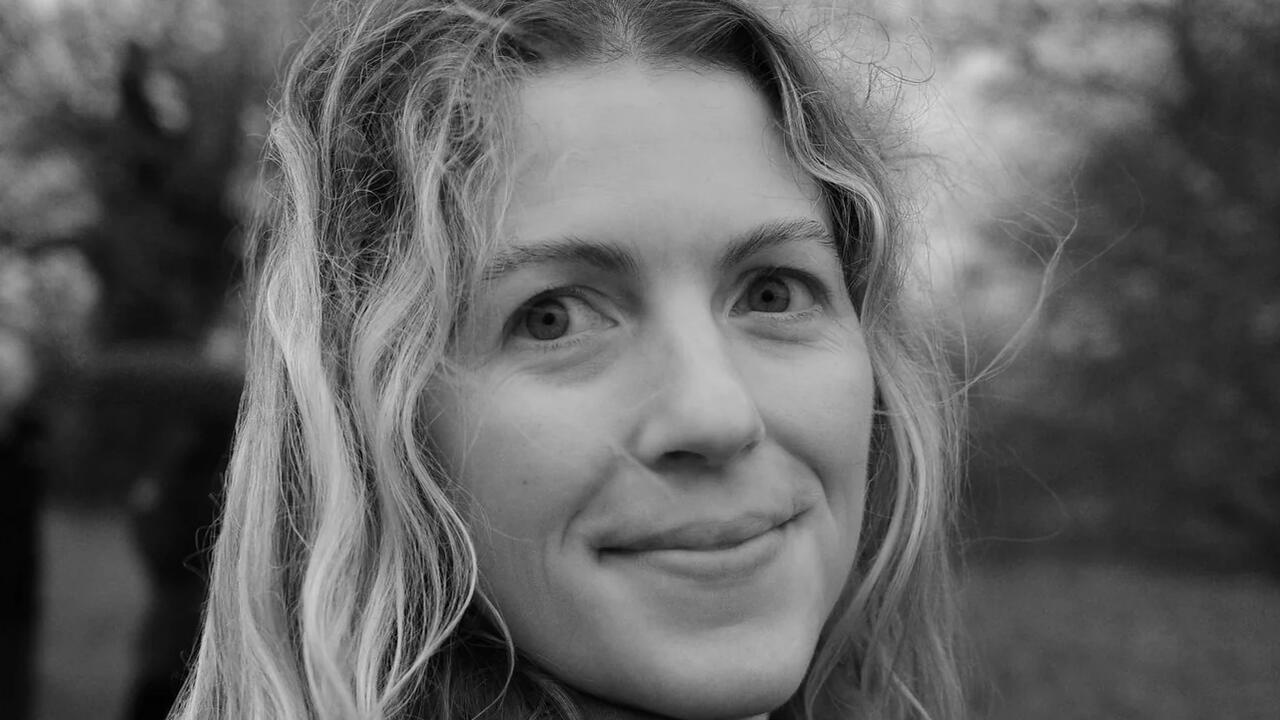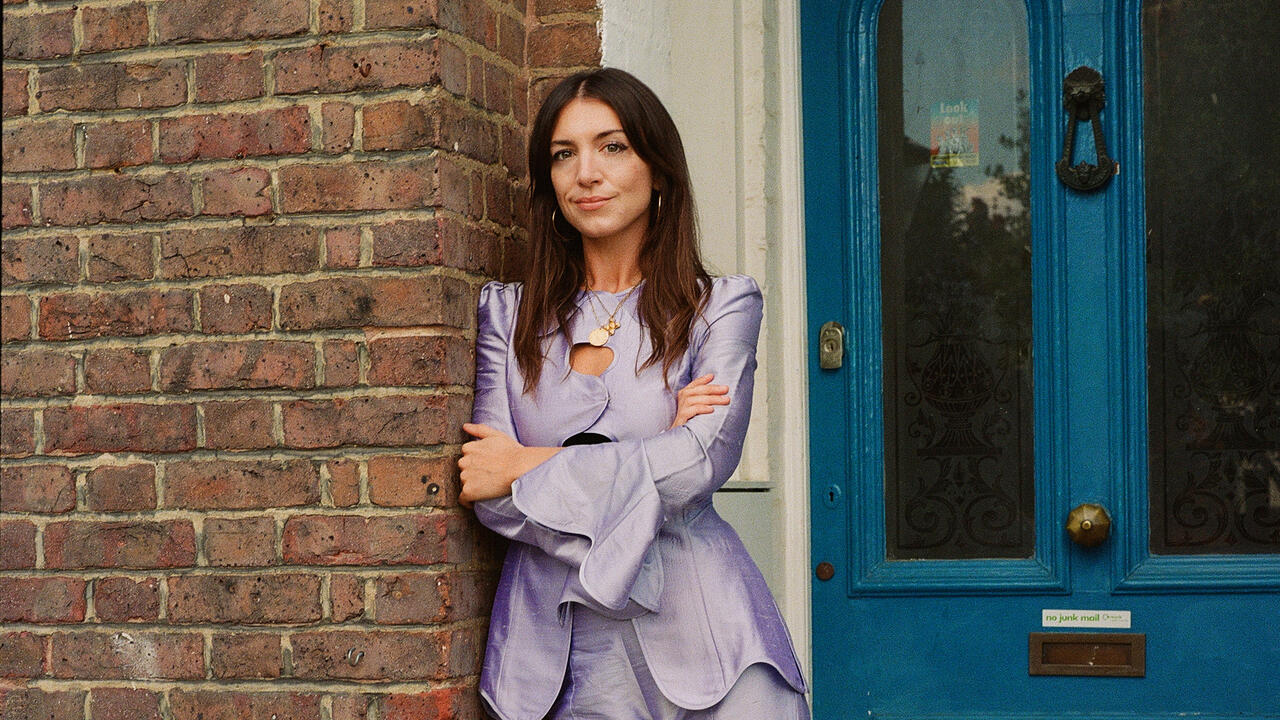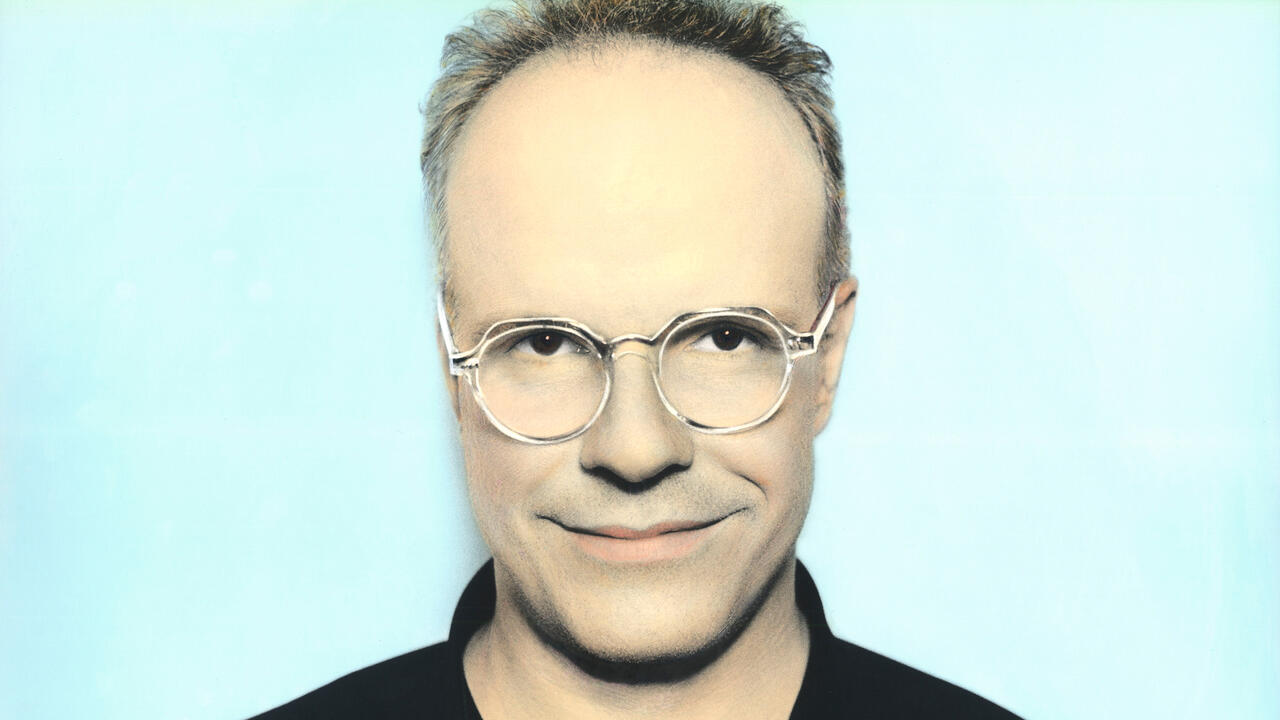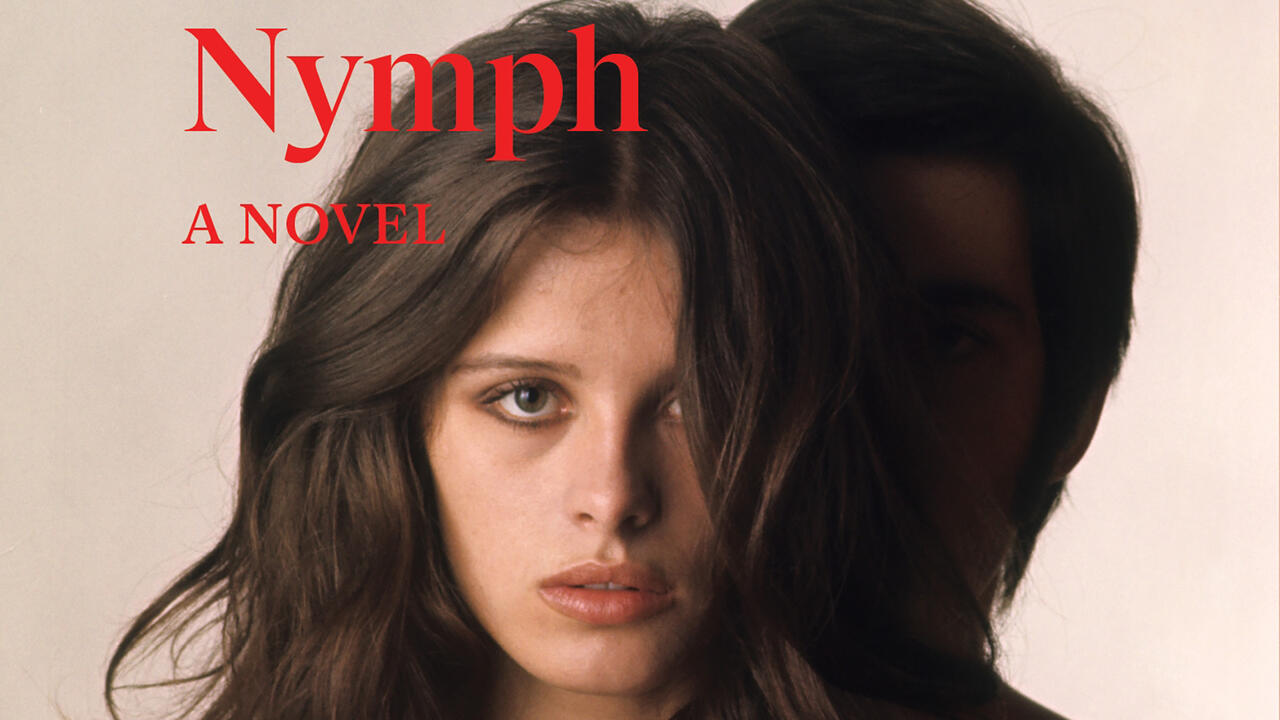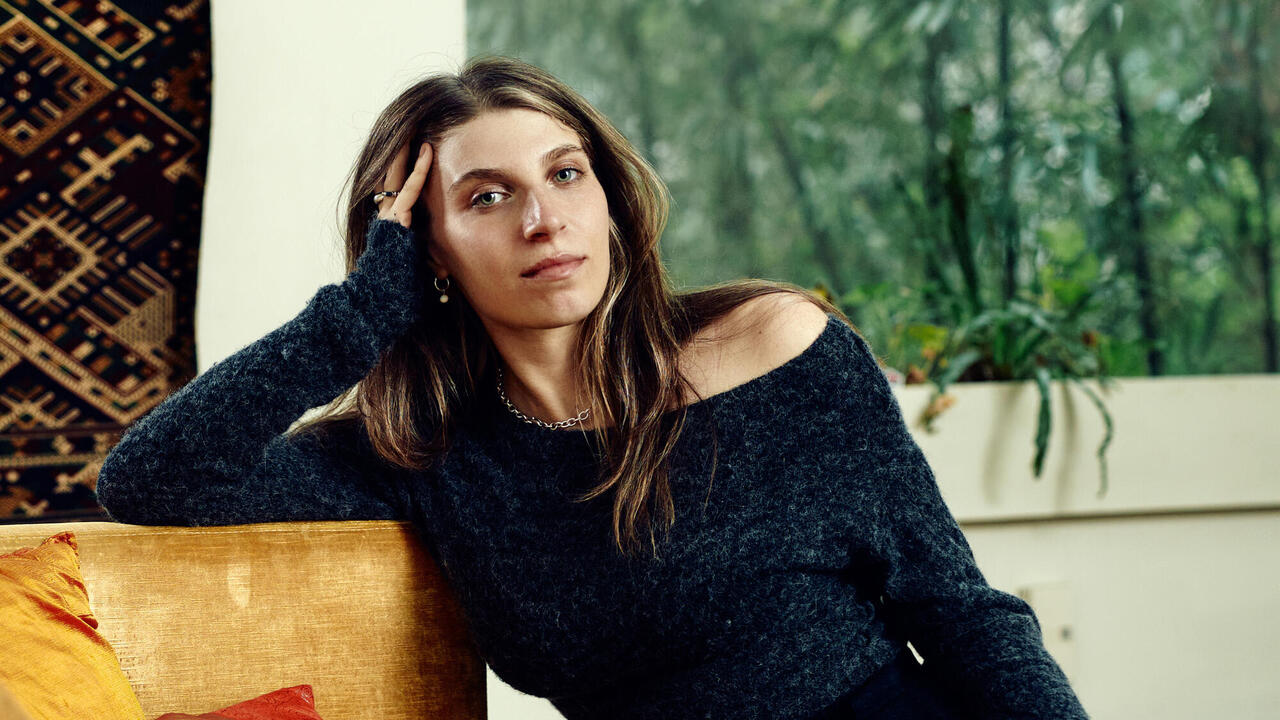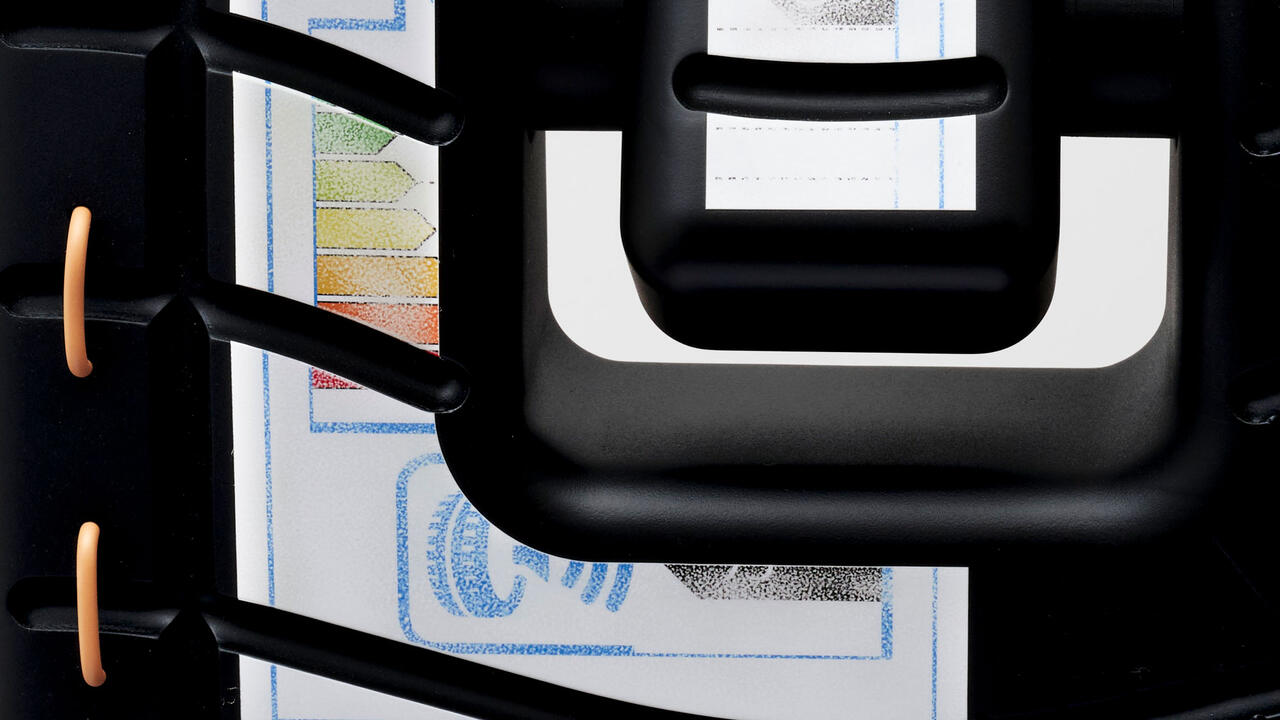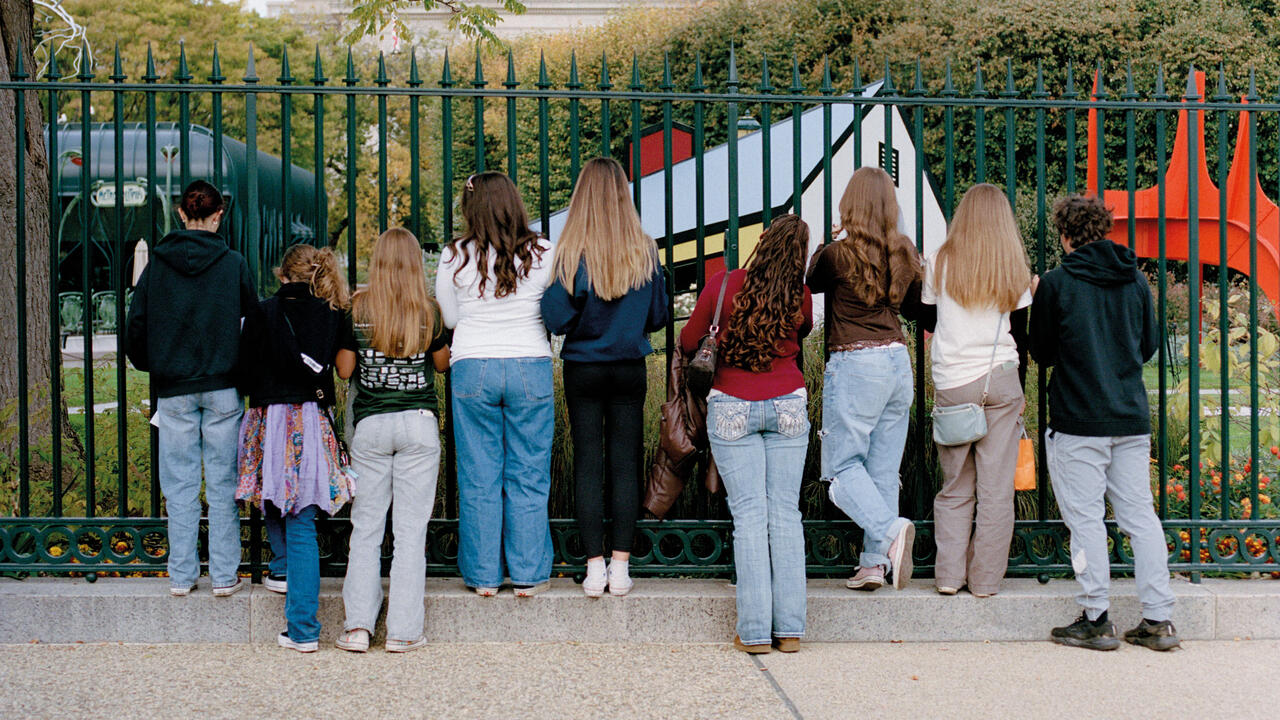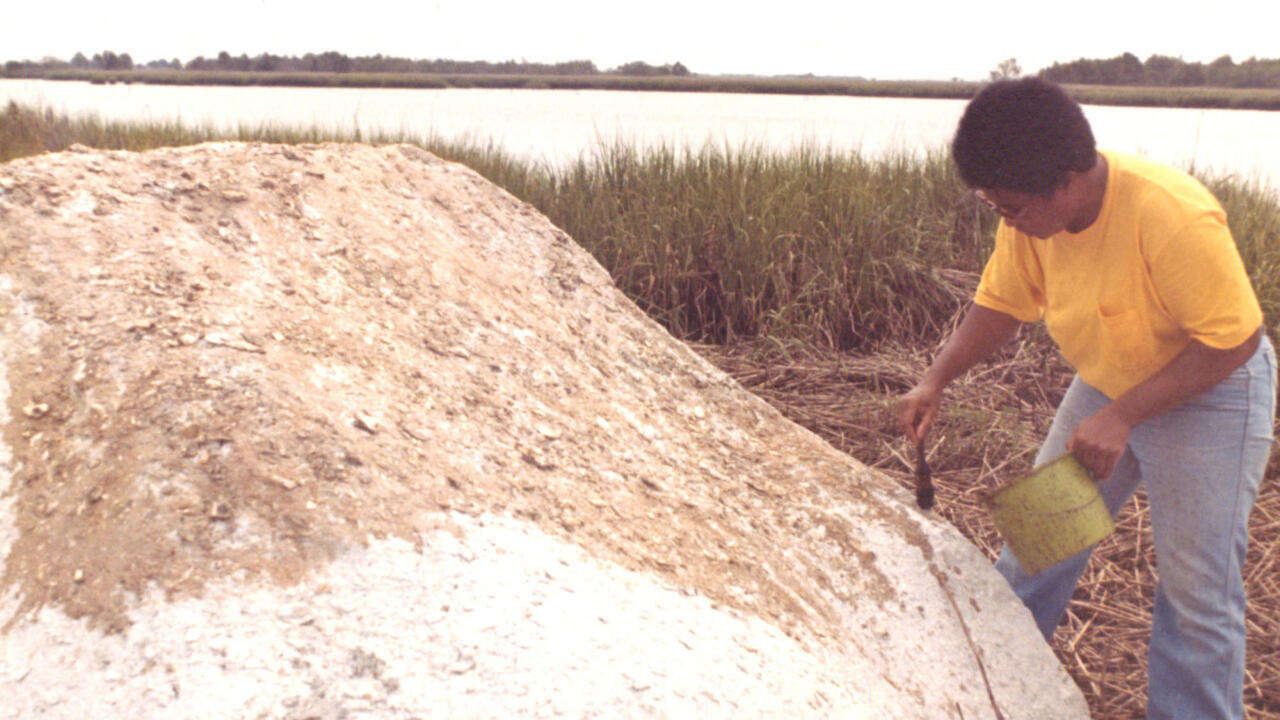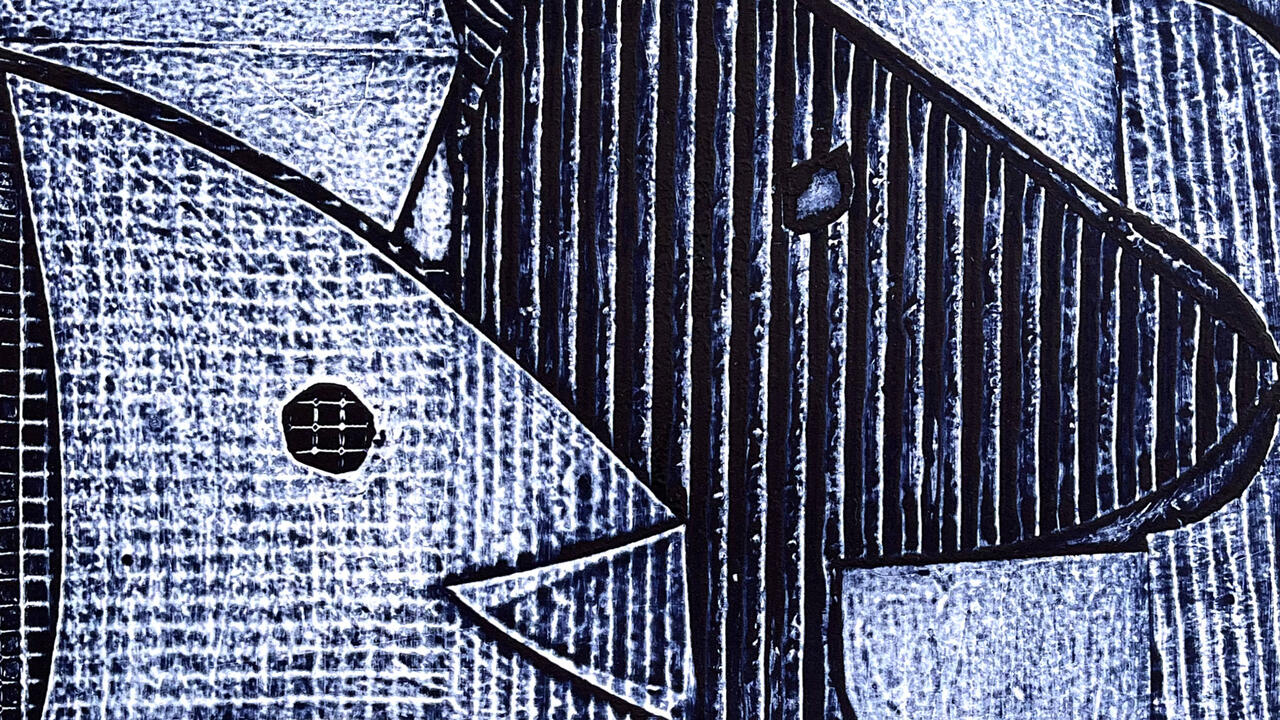What Can Historical Visions of Heaven on Earth Teach Us About the Future?
In a new book, T.J. Clark scours art historical depictions of divinity for clues about our contemporary age
In a new book, T.J. Clark scours art historical depictions of divinity for clues about our contemporary age

It’s difficult to describe the intense blueness of the sky in Giotto’s 14th century fresco, Joachim’s Dream. Art historian T.J. Clark isn’t so sure that we should try. In his handsomely illustrated new book about visions of divinity, Heaven on Earth: Painting and the Life to Come (Thames & Hudson), Clark suggests how the ‘muteness’ of painting is spoilt by the clumsy assertions of language. Paintings, he explains, invite us to envisage things, rather than to articulate them with an almost impolite eloquence.
In Giotto’s image, an angel swoops down from an azurite sky, bearing good tidings for Joachim, who sleeps crouched at the foot of his modest hut. The painting suggests the possibility of heavenly beings that are close at hand, hovering in the upper reaches of our imperfect human realm. But it’s the smallest details – the fork of the angel’s hair, the black square at Joachim’s shoulder, the fold of his tunic at the lower edge of the frame – that Clark attends to.

These details alert us to how spatially disconnected these figures are to each other. There is a distance between them and it is about to be breached. Heaven is a place apart from earth, but still the angel descends to deliver to Joachim the news of his wife’s pregnancy. She will give birth to Mary, who will, in turn, give birth to Christ. This is a painting, Clark suggests, that catches a world just as it is about to be transfigured, on the cusp of an immense change.
If paintings invite us to see things differently, offering the glimpse of an alternative ‘life to come’, then it makes sense to understand them as political and philosophical objects as much as theological ones. The paintings of our earthly encounters with the divine might inspire us to think more radically about how the world could be. They might suggest ways of re-envisaging collective futures. Clark is never so bald as to assert this. He asks instead how the old masters sought to imagine another world, noticing how they were inspired, agitated and troubled by that task. And he calls upon them, specifically for the purposes of a modernity in which dreams of the future feel increasingly stalled or dangerously factional.

Clark trains his attention on five painters – Pieter Bruegel the Elder, Giotto, Pablo Picasso, Nicolas Poussin and Paolo Veronese – and their particular visions of ‘heaven on earth. There’s Poussin’s ceremonial Sacrament of Marriage 1648), in which the Virgin Mary, kneeling under a colonnade for her betrothal to Joseph, is crowded by a stream of interested guests, and Veronese’s bustling Christ in the House of Simon (c.1559–60), a noisy scramble of friends, disciples and dogs. Then comes Bruegel’s sprawled gluttons in The Land of Cockaigne (1567), reminding us of earthly sins, and Picasso’s The Fall of Icarus, a mural of a boy tumbling from the sky that was commissioned by UNESCO in 1958.
Clark gives to each painter his peculiar attention. In Giotto’s Raising of Lazarus (c.1303–05), he notices the way Christ’s extended fingers draw down the pounding blue of the sky to the plain colour of the earth. In Poussin’s Sacrament of Marriage, it is not Mary, but the upright, unnamed woman watching on from the left who seems to witness the scene differently. In Veronese’s Christ in the House of Simon, it’s the dog licking its paw near to the Magdalene washing Christ’s feet that draws out the humility of the earthly next to the grandeur of the sacred.

The pleasure of this book lies in the quality of these observations – Clark’s relentlessly keen attention to the small details that ought not mean a great deal but often send you reeling. He makes you want to squint close to the original, seeing it suddenly aslant. Painting, unlike language, he observes, ‘has at its disposal kinds of intensity and disclosure, kinds of persuasiveness and simplicity’. It is Clark’s trademark power of inspection, both profound and precise, that get us a little closer to these things. Giotto’s sky, he notes, is not just blue, but has a curiously mineral quality, a solidity, a ‘matter-of-factness’, even as an angel arcs by.
But does it make sense to come back to these paintings now? They are, Clark argues, more meaningful than ever in a contemporary culture marked by religious extremism and the apparent failure of political vision. ‘We need the wisdom’, he writes, ‘of men for whom the Massacre of the Innocents and the smell of heretics’ burnt flesh were commonplace.’ Perhaps. And yet, if the sentiment is true, the specification of ‘men’ still jars. Doesn’t it make sense to look to new mistresses, as well as the old masters, for visions of another world? Still, this remains such a challenging book, probing and torquing, full of Clark’s own dynamic vision.
T.J. Clark’s Heaven on Earth: Painting and the Life to Come (2018) is published by Thames & Hudson.
Main image: Nicholas Poussin, Triumph of David (detail), c.1631–33, Dulwich Picture Gallery, London. Courtesy: Fine Art Images and Diomedia










